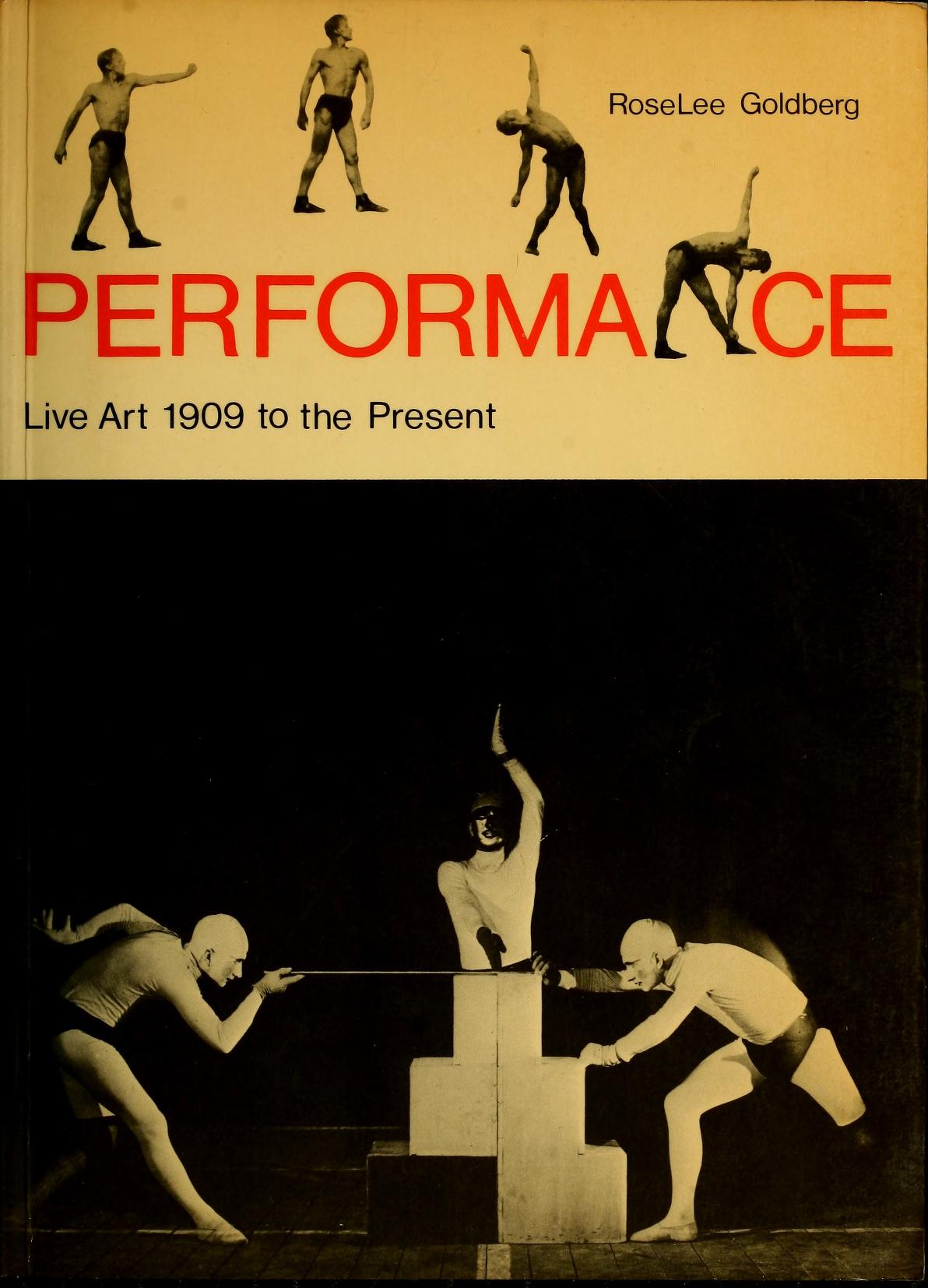Clement Greenberg: Homemade Esthetics: Observations on Art and Taste (2000)
Filed under book | Tags: · abstract art, abstract expressionism, aesthetics, art, art criticism, art theory, impressionism, painting, pop art

“In this work, which gathers previously uncollected essays and a series of seminars delivered at Bennington College in 1971, Greenberg provides his most expansive statement of his views on taste and quality in art. He insists that despite the attempts of modern artists to escape the jurisdiction of taste by producing an art so disjunctive that it cannot be judged, taste is inexorable. He maintains that standards of quality in art, ohe artist’s responsibility to seek out the hardest demands of a medium, and the critic’s responsibility to discriminate, are essential conditions for great art. He discusses the interplay of expectation and surprise in aesthetic experience, and the exalted consciousness produced by great art. Homemade Esthetics allows us to watch the critic’s mind at work, defending (and at times reconsidering) his controversial and influential theories. Charles Harrison’s introduction to this volume places Homemade Esthetics in the context of Greenberg’s work and the evolution of 20th century criticism.”
Foreword by Janice Van Horne Greenberg
Introduction by Charles Harrison
Publisher Oxford University Press, 2000
ISBN 0195139232, 9780195139235
256 pages
Alessandro Colizzi: Bruno Munari and the Invention of Modern Graphic Design in Italy, 1928-1945 (2011)
Filed under thesis | Tags: · 1920s, 1930s, 1940s, art, avant-garde, constructivism, design, futurism, graphic design, italy, painting, typography

“Despite the difficult political conditions under the Fascist regime, Italy saw its own modernist wave hit the commercial arts in the 1930s, resulting from a complex interplay of factors as diverse as the weight of Futurism, the rise of advertising, and the debate surrounding Rationalist architecture. This research examines Bruno Munari’s work as a graphic designer from the late 1920s to mid-1940s, with the aim of understanding the emergence and characteristics of the modernist trend in Italian graphic design. Taking shape in Milan, this original ‘design culture’ eclectically brought together two quite different strains of Modernity: a local tradition represented by the Futurist avant-garde, and a European tradition associated with Constructivism. Munari (1907–1998) worked simultaneously as painter and as advertising designer: he debuted with the Futurists, whose broader cultural reach he shared, while also remaining open to other currents—such as Dadaism and Surrealism—and ultimately aligned himself with a more Abstractionist stance. Insofar as he was an exponent of the new advertising profession, his design work also reflects its evolution, mixed references, aspirations, and limits. Concentrating on Munari’s stylistic development, the study seeks to explore the interaction between the Futurist visual vocabulary and conceptions coming from architecture, photography, abstract painting, and functionalist typography trickling in from central and northern Europe. Hence, the discussion positions the designer in his time and place, concentrating as much on the artefacts as on the broader cultural framework. Secondly, the study attempts to assess Munari’s reputation against a body of exemplary work, based on firsthand documentation. It is the first extensive, detailed record of Munari’s graphic design output, and as such provides a substantial base for a full understanding of his œuvre. While Munari’s evolution is dealt with chronologically, the analysis of his graphic works highlights key areas of visual interest, offering a cross reading that sheds light on their underlying poetics, themes, and formal attributes. In its trajectory, Munari’s wide-ranging graphic design work shows how modernist ideas were received and assimilated in the Milanese environment of the 1930s, as well as the shift in conceptions of the graphic design profession—from one related to avant-garde art practice to a Modern one, based on rational idioms. The roots of modern Italian graphic design, which fully emerged after 1945, can be traced to this heterogeneous legacy—and it is no coincidence that Munari became one of the fields’ leading exponents.” (Abstract)
Doctoral Thesis
Faculty of Humanities, Leiden University Academy of Creative and Performing Arts
Promotor: G. Unger
Co-promotor: T.M. Eliëns
PDF (Works section missing)
PDFs
RoseLee Goldberg: Performance: Live Art 1909 to the Present (1979–) [English, Spanish]
Filed under book | Tags: · art, art history, bauhaus, dada, futurism, happening, live art, painting, performance, performance art, spectacle, surrealism

A provocative history of live art traces the precedents of contemporary multi-media events to Bauhaus experimentalism and surveys the Futurists’ manifesto-like events, the Dadaists’ cabarets, and later “happenings” and “spectacles.”
Publisher Harry N. Abrams, New York, 1979
ISBN 0810914565, 9780810914568
128 pages
Performance: Live Art 1909 to the Present (English, 1979, 44 MB, updated on 2018-10-28)
Performance art: desde el futurismo hasta el presente (Spanish, 1996, 67 MB, updated on 2017-7-10)

